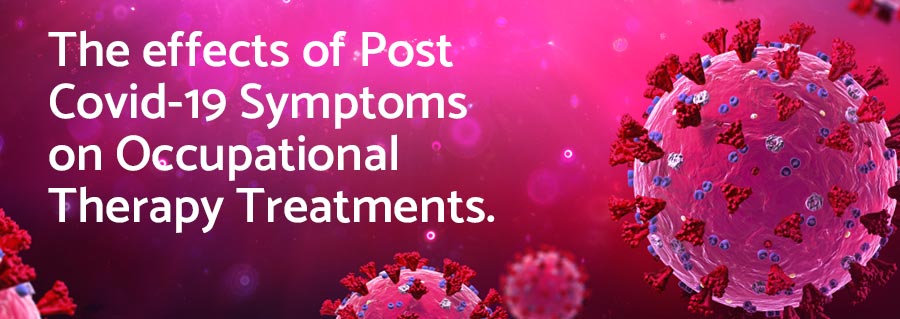COVID-19 Cause and Effects

The effects Post Covid-19 Symptoms have had on the Work Hardening Industry: A timeline from March 2020 to the present.
Looking back over the past eleven months there has been a direct effect on the evolution of workers’ compensation stemming from the onset of the Covid-19 virus.
March 16: the day schools and all non-essential business were ordered to close. In order to remain open, rehabilitation was limited to treating essential occupations: hospital workers, food and fuel delivery, police/fire, postal workers, etc. These workers were injured previous to March 16, may have had surgery, prescribed drugs and or physical therapy and had met their maximum medical improvement of the injured area. However, they did not meet the essential physical requirements of the job, therefore, work hardening was prescribed.
During this period and continuing to the present, essential workers on the job have been exposed to and diagnosed with Covid 19. Select employers deemed this as an on-the-job injury opening a WC claim. Many of them were asymptomatic and or experienced mild symptoms; quarantined for 14 days or until symptoms subsided, and then returned to work.
Unfortunately some suffered debilitating symptoms necessitating hospitalization and many were placed on a ventilator for an extended period of time. To this day, they continue to experience a variety of disturbing symptoms such as: shortness of breath, anxiety, heart issues and weakness and poor endurance of physical activity. These have been referred to as long-haulers.
Long-haulers did not experience a traditional workplace incident such as lifting a load, falling, auto accident or other traumatic injury experience. Their injuries are not orthopedic and/or soft tissue and cannot be repaired by surgery or like procedures. Therefore, non-traditional treatments specifically dealing with these lingering issues caused by COVID-19 were developed as part of work hardening. In addition to physical rehabilitation, they are tailored to deal with the precursors to activity such as breathing, anxiety and serious fatigue.
Initially we were approached by area hospital occupational medical physicians inquiring if we would accept occupational therapy work hardening referrals for these long-haulers. In addition, we began seeing requests for these treatments directly from physicians, nurse case managers and insurance adjusters.
Taking on such intervention required thorough research on post-covid conditions. First, they were medically cleared by cardiac and pulmonary specialists. Second, breathing and anxiety issues had to be addressed. Education and training was arranged with pulmonary therapists and a clear path of communication with physicians was established. Treatment expanded to include the use of spirometers, oximeters, as well as heart rate and blood pressure monitors in preparation for functional exercises.
To conclude, the evolving challenges presented by the symptoms of COVID-19 have necessitated the creation of new work hardening treatment methods. This is an ongoing process within the industry, one that will no doubt continue to evolve.